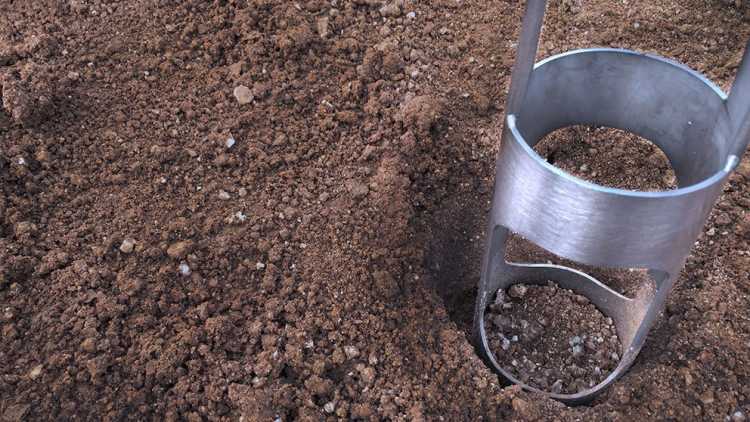Investing in real estate? Stay on top of your environmental record-keeping

Real estate can be one of the largest investments you’ll ever make. We are all aware of renovations made to buildings to increase the value. But what about environmental concerns? There are ways to protect your investment by understanding the environmental risks associated with owning property and having a risk mitigation plan.
As the steward of your property, environmental record-keeping is very important. Canadian Standards Association (CSA) Standard Z768-01 lists spill reporting plans and records, environmental monitoring data, inventory of underground and above-ground storage tanks and environmental audit reports as just some of the records to be maintained.
Therefore, your property records should be managed and kept for the life of your ownership. Should you consider selling the property, these records can become an important factor to a buyer.
Using an Environmental Site Assessor (ESA)
The Associated Environmental Site Assessors of Canada (AESAC) is a national group with certified in environmental site assessment members. There are several phases to an ESA.
Phase 1 is a noninvasive first step where the assessor:
Researches the property and surrounding property histories over many decades
Physically inspects the property and interviews the stakeholders
Prepares a report based on all the information gathered
Provides suggestions to mitigate any risk or future risks possible
Advises on next steps such as no further investigation or a phase 2 is recommended
Phase 2 is invasive and the assessor may bring in drilling equipment to take soil samples or install monitoring wells.
Phase 3 involves an environmental plan to mitigate the contamination found.
An ESA allows you to consider mitigation measures that will protect your investment in the long term. How long is this report good for? Ideally, until a problem is suspected, or about five years.
But remember, an ESA is an environmental assessment for a specific date. A report produced a few months ago may no longer represent the actual environmental state of the site. That’s why record-keeping is crucial to your overall risk mitigation plan.
Activities arising from neighbouring businesses or industries can directly impact the environmental condition of the property. Activities in the immediate vicinity may contaminate the water table, air, or soil. An ESA will also consider impacts and risks that could have created now or in the past.
An environmental risk mitigation plan involves record-keeping and an ESA to provide the environmental history of the property. As the buyer, it helps you understand the environmental risks associated with the property over its lifetime. As the lender, it provides a level of comfort that the environmental risks are being mitigated. As the seller, it can be a great marketing tool showing the history of the property. And you, as its steward, did a great job protecting it.
René-Paul Dumont, Senior Appraiser
Robert McDonald, Senior Appraiser

Now that you have all the pieces to create and execute a strategic plan, we review, reaffirm and rethink to ensure its long-term success.
